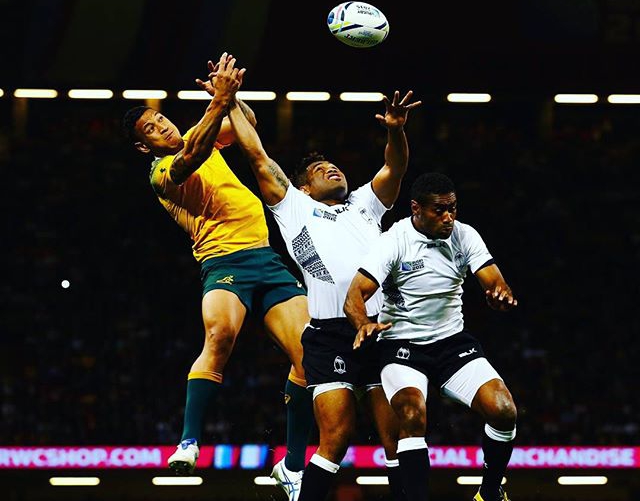
The Rugby World Cup has learned the lessons of previous sports events when it comes to digital, according to a report by Dynatrace, but is being let down by third parties.
Dynatrace found that the website had been optimised for the user, with a stable time between when the user clicks the mouse or taps the screen, with PulseLive using content caching to reduce the computing power needed from the web server.
In addition, sprite-sheets have also been used to load a group of images as a single file to reduce the server load. This tackled a failing of last year’s FIFA World Cup website in which all country flag images loaded individually, causing delays for users.
However, Dynatrace found problems with rendering on the site, with tests finding a delay of nearly 4.5 seconds before the content of the main RWC page starts appearing.
According to the digital business company, this was due to inefficient integration of a number of features powered by JavaScript and CSS files.
There were problems with the online store at start-up, including a nine-second load time and draining of compute resources due to unloading unnecessary images, but Dynatrace noted that these issues had been solved.
Dynatrace found that the mobile app was generally fast and responsive, but found that the initial launch of the app was slow, taking roughly three seconds on average. This was due to third-party content from Stackla that loads the social media widgets.
Michael Allen, Solutions VP at Dynatrace, said: ""Third-party integration means businesses no longer have complete control over the user experience.
"You can have the best mobile app or website in the world, but it can still be dragged down by poor optimisation of the third-party content".
This is a common experience for businesses, according to Allan.
He said: "This is why businesses need to maintain complete end-to-end visibility into the application delivery chain to identify weak spots before the user-experience is affected."



